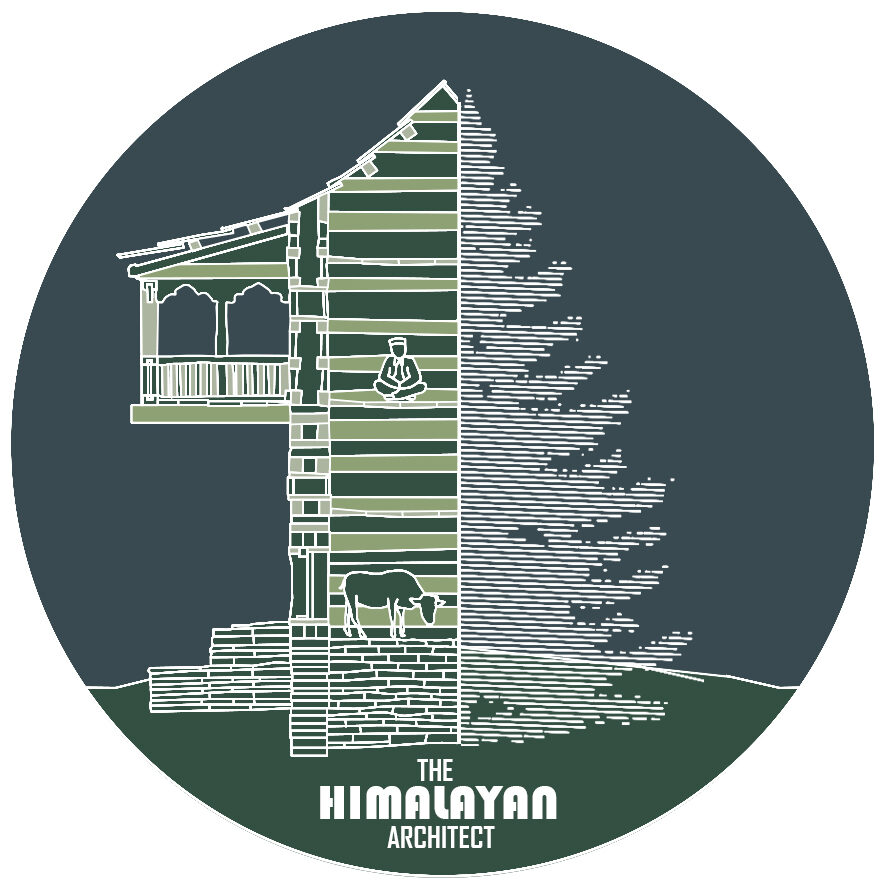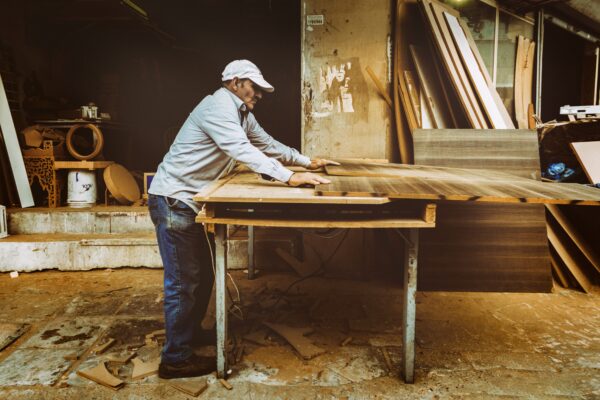Nestled amidst the serene hills of Solan, Himachal Pradesh, Jatoli Temple stands as a magnificent testament to ancient Indian architecture and spiritual heritage. This Shiva temple, considered one of the oldest and most revered in the region, attracts devotees and tourists alike with its divine aura and picturesque surroundings. Let’s take a deep dive into the history, architecture, and significance of Jatoli Temple, exploring architecture of Jatoli temple & what makes it a must-visit destination.
Historical Significance:
Jatoli Temple, dedicated to Lord Shiva, boasts a rich history that spans several centuries. The temple’s name, ‘Jatoli,’ is derived from the Hindi word ‘Jata,’ which means matted hair, symbolizing Lord Shiva’s matted locks. Local legends suggest that the temple was established by a sage who was an ardent devotee of Lord Shiva. Over the years, the temple has undergone several renovations, with the latest significant reconstruction completed in the late 20th century, making it a blend of ancient tradition and modern craftsmanship.


Spiritual Significance
Jatoli Temple is not just an architectural marvel but also a significant spiritual center. The temple is considered one of the most important Shiva temples in Northern India, attracting thousands of devotees during the annual Maha Shivaratri festival. Pilgrims believe that offering prayers at Jatoli Temple brings them closer to Lord Shiva and bestows them with blessings of health, prosperity, and spiritual enlightenment.
The temple’s serene environment, coupled with the rhythmic chants of mantras and the fragrance of incense, creates a deeply spiritual atmosphere. The tranquil ambiance of the temple, surrounded by the pristine beauty of the Himalayas, offers a perfect setting for meditation and inner reflection.
The Legend of Jatoli Temple
Local folklore adds a mystical charm to Jatoli Temple. It is believed that Lord Shiva once appeared in the dreams of a devout sage and directed him to establish a temple at this very spot. Following the divine instructions, the sage built the temple, and ever since, it has been a revered site for Shiva devotees. Another legend suggests that the temple’s location was chosen because it was once visited by Lord Shiva during his travels through the region.
The Ancient Shiva Cave of Jatoli Temple: A Spiritual Retreat
Temple is not only known for its architectural grandeur but also for its ancient Shiva Cave. This sacred cave holds immense spiritual significance and is a focal point of devotion for countless pilgrims and visitors. Let’s explore the history, significance, and mystical allure of the old Shiva Cave at Jatoli Temple.
Historical Significance
The Shiva Cave is considered one of the oldest parts of the Jatoli Temple complex. Local legends and historical accounts suggest that this cave was a place of meditation for sages and ascetics who were ardent devotees of Lord Shiva. It is believed that the divine energy of Lord Shiva permeates this cave, making it a sacred space for meditation and prayer.
Visiting Jatoli Temple
For travelers and pilgrims alike, a visit to Jatoli Temple is a soul-stirring experience. The temple is easily accessible from Solan town, located about 7 kilometers away. The journey to the temple is a scenic one, offering breathtaking views of the surrounding hills and valleys. Upon reaching the temple, visitors are greeted with the sight of the magnificent structure set against the backdrop of the serene landscape.
The best time to visit Jatoli Temple is during the early morning or late evening hours when the temple is bathed in the soft glow of the sun, adding to its ethereal beauty. During Maha Shivaratri, the temple comes alive with grand celebrations, elaborate rituals, and vibrant cultural performances, providing a unique opportunity to witness the fervor of local traditions.
Architectural Splendor of Jatoli Temple: A Detailed Overview
Jatoli Temple, dedicated to Lord Shiva, is an architectural masterpiece that showcases the traditional North Indian temple style. Situated in the serene hills of Solan, Himachal Pradesh, the temple’s design and intricate details draw visitors from far and wide. Let’s delve into the architectural features and the rich details that make Jatoli Temple a remarkable monument.
Overview of Temple Architecture: Exploring Architecture of Jatoli Temple
Jatoli Temple’s architecture is a blend of the Dravidian and North Indian styles, resulting in a distinctive and harmonious design. The temple’s towering shikhara (spire), intricate carvings, and comprehensive layout are characteristic of these two traditions, reflecting a rich cultural and spiritual heritage. The temple seamlessly blends ancient craftsmanship with elements that cater to contemporary devotees, making it a unique structure that respects tradition while embracing modernity.
The Shikhara (Spire)
The shikhara is one of the most striking features of Jatoli Temple. Rising majestically against the backdrop of the lush green hills, the spire is a multi-tiered structure adorned with intricate carvings and sculptures. Each tier of the shikhara is embellished with floral patterns, mythological figures, and geometric designs that add to its grandeur. The spire tapers gracefully as it ascends, culminating in a finely crafted amalaka (a ribbed, melon-like structure) and a kalasha (a pot-like structure) at the top, symbolizing prosperity and divine nectar.
The Three Consecutive Pyramids
The three consecutive pyramids at Jatoli Temple are an exceptional architectural feature that symbolizes the temple’s grandeur and spiritual significance. Each pyramid represents a tier of the main shikhara (spire), ascending in a staggered manner to create a visually stunning and harmonious structure.
The First Pyramid
- Base and Foundation: The first pyramid forms the base of the shikhara and is the broadest and most solidly built. It provides the necessary stability for the entire structure. The base is adorned with intricate carvings and sculptures that depict scenes from Hindu mythology and various deities, showcasing the rich artistic tradition of the region.
- Design and Decoration: The carvings on the first pyramid include floral patterns, geometric designs, and depictions of mythical creatures. The wide base allows for detailed and elaborate artwork, making it a significant focal point for visitors.
The Second Pyramid
- Intermediate Tier: The second pyramid rises above the first, slightly narrower but equally intricate in its design. This tier acts as a transition between the broad base and the narrower upper spire, maintaining the structural balance and aesthetic harmony of the shikhara.
- Sculptural Details: The intermediate tier features carvings of celestial beings, apsaras (celestial nymphs), and gandharvas (celestial musicians). The designs are more compact compared to the base but continue the theme of divine elegance and spiritual significance.
The Third Pyramid
- Uppermost Tier: The third pyramid is the narrowest and highest tier, culminating in the temple’s apex. It represents the pinnacle of spiritual ascent, drawing the eye upwards towards the heavens.
- Symbolism and Ornamentation: The carvings on the third pyramid are more refined and focused on symbolic elements. The designs often include motifs of lotus flowers, which symbolize purity and enlightenment, as well as the kalasha (a pot-like structure) at the top, representing prosperity and divine nectar.
The Sanctum Sanctorum
The sanctum sanctorum, or the garbhagriha, is the innermost chamber of the temple where the main deity, Lord Shiva, is enshrined. This sacred space houses the Shiva Lingam, which is the focal point of worship. The sanctum is designed to create an atmosphere of reverence and tranquility, with minimal adornments to maintain its spiritual sanctity. The entrance to the sanctum is often adorned with intricate doorways and lintels, featuring motifs of deities and auspicious symbols.
The Mandapa (Pillared Hall)
The mandapa, or the pillared hall, is another architectural highlight of Jatoli Temple. This hall serves as a space for devotees to gather, chant, and participate in religious ceremonies. The mandapa is supported by intricately carved pillars that feature various deities, mythical creatures, and decorative motifs. The detailed craftsmanship on these pillars reflects the skilled artisanship and dedication that went into the temple’s construction.
Architectural Significance: Exploring Architecture of Jatoli Temple
- Structural Integrity: The three consecutive pyramids are not only aesthetically pleasing but also serve a practical purpose. The tiered design distributes the weight of the shikhara evenly, ensuring the structural integrity of the temple. This method of construction has been used in many ancient temples to create towering spires that can withstand the test of time.
- Visual Appeal: The staggered ascent of the pyramids creates a dynamic visual effect, drawing visitors’ attention upwards and enhancing the temple’s majestic presence. The pyramids’ intricate carvings and detailed artwork add to the overall visual appeal, making the temple a remarkable example of North Indian temple architecture.
Sculptural Details
The walls of Jatoli Temple are adorned with numerous sculptures that depict scenes from Hindu mythology, the life of Lord Shiva, and various other deities. These sculptures are a testament to the rich iconographic tradition of Indian temple art. Key highlights include:
- Dwarapalas (Guardian Figures): At the entrance of the temple, one can find statues of dwarapalas, the divine gatekeepers who guard the sanctum. These figures are often depicted in dynamic poses, armed with weapons to ward off evil spirits.
- Apsaras and Gandharvas: The outer walls feature exquisite carvings of apsaras (celestial nymphs) and gandharvas (celestial musicians), adding a touch of divine elegance to the temple.
- Scenes from Hindu Mythology: Various panels depict stories from Hindu epics like the Ramayana and Mahabharata, as well as episodes from the life of Lord Shiva, such as his marriage to Parvati and his cosmic dance (Tandava).
Ornate Doorways and Friezes
The doorways of Jatoli Temple are masterpieces in their own right. Carved with meticulous attention to detail, these doorways feature floral motifs, geometric patterns, and depictions of deities. The lintels and archways often include intricate friezes that narrate mythological tales, adding a narrative element to the temple’s architectural beauty.
Temple Complex and Courtyard
The temple complex of Jatoli includes several smaller shrines dedicated to various deities, creating a comprehensive spiritual environment. The courtyard is spacious and designed to accommodate large gatherings during festivals and special occasions. The open space, surrounded by the temple structures, provides a serene environment for meditation and prayer.
Construction of the temple
The construction of Jatoli Temple took around 39 years to complete. This extended period reflects the meticulous craftsmanship and dedication involved in creating such an architectural masterpiece. The temple’s construction began in the early 1970s and was completed in 2013, resulting in a structure that beautifully blends traditional design with intricate details, making it a significant spiritual and cultural landmark in Himachal Pradesh.
Material and Craftsmanship
Jatoli Temple is primarily constructed from locally sourced stone and marble, materials known for their durability and aesthetic appeal. The craftsmanship involved in creating the temple is a blend of traditional techniques passed down through generations and contemporary methods that ensure the structure’s longevity and resilience.
Conclusion
Jatoli Temple stands as a testament to the rich architectural heritage of India. Its intricate carvings, towering shikhara, and detailed sculptures make it a significant cultural and spiritual landmark. For devotees and architectural enthusiasts alike, Jatoli Temple offers a glimpse into the artistic brilliance and devotional fervor that define India’s temple architecture. A visit to this temple not only provides a spiritual experience but also an opportunity to marvel at the timeless beauty and craftsmanship of ancient Indian artisans.
I hope you liked this blog Exploring Architecture of Jatoli Temple, please let me know through your comments. Also share it with other people who are passionate about architecture and design. Contact us in case of any queries and also read my previous blogs related to architecture and travel. Thank you.







